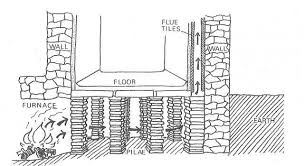Greek Fire
Greek fire was a weapon used in 678, by the Byzantine empire in a naval battle to fend off an Arab fleet from Constantinople (modern day Istanbul, Turkey), and was used many times after, all the way up to the 14th century. According to Britannica, "It was invented during the reign of Constantine IV Pogonatus (668–685) by Callinicus of Heliopolis" (Micheal Ray, Greek fire, 2015). It is an incendiary substance that was sprayed out of tubes and thrown in grenades. The thing that made it different was its ability to burn on water. People today have tried to recreate it, but it's formula was heavily guarded so that no one could use it against the Byzantines themselves. Scientists believed it likely included, petroleum, quicklime (a white powder substance), and sulfur.
